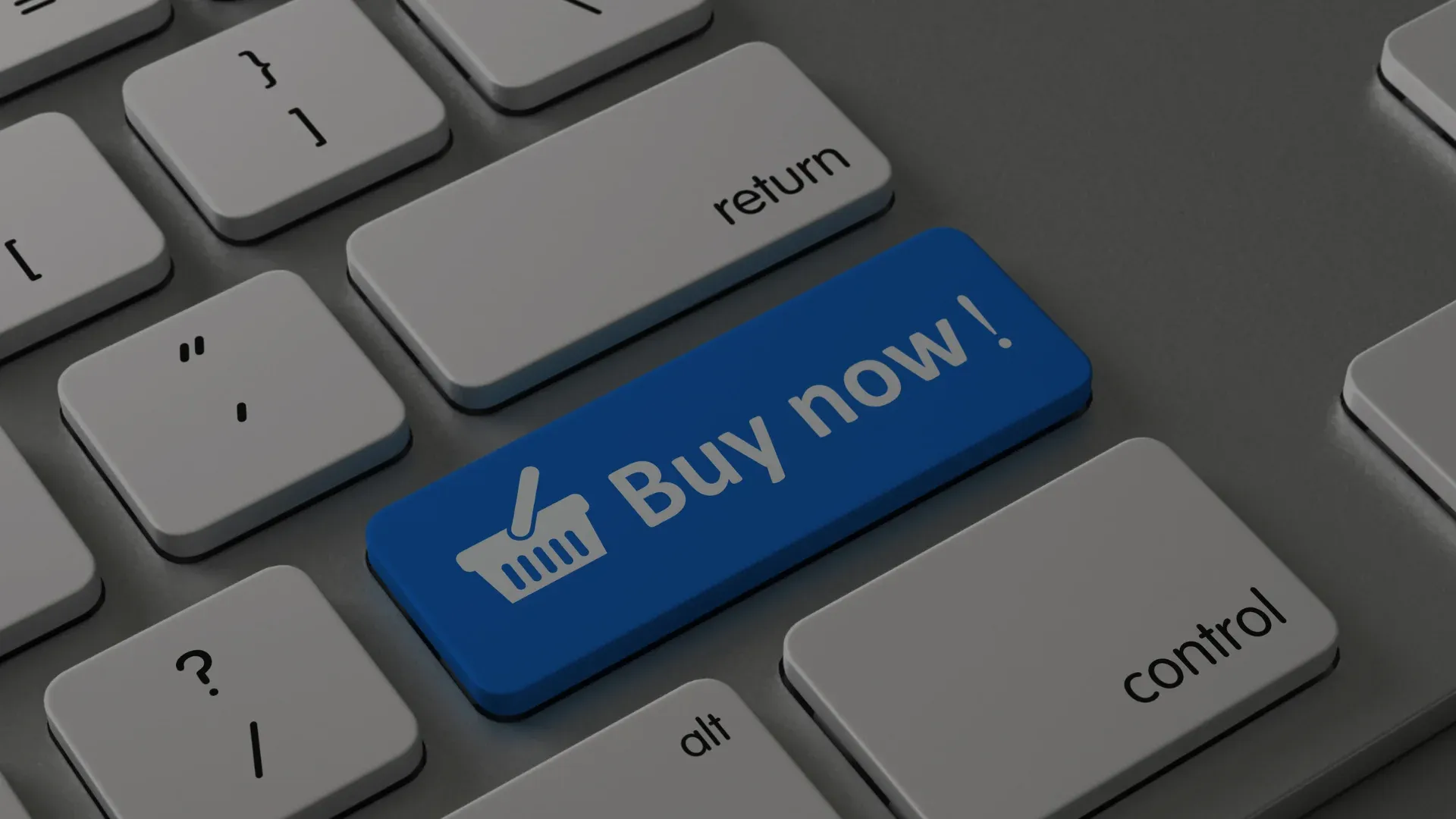In today's fast-paced and tech-driven world, the way we shop and make payments is constantly evolving. One such payment method that has undergone a remarkable transformation is lay-by, or what is commonly known as "layaway" in the United States.
Traditionally, lay-by involved customers reserving an item and paying it in instalments before taking it home. However, with the advent of digital technology, lay-by payments have found a new lease of life in the digital realm. This shift has not only made the process more convenient and accessible for customers but also opened up a world of opportunities for businesses.
In this article, we will explore the fascinating journey of lay-by payments from traditional to digital, highlighting the benefits and potential of this evolving payment method.
Understanding lay-by payments: Definition and history
Lay-by payments, or layaway payments in the United States, refer to a payment method where customers can reserve an item and pay for it in instalments before taking possession.
This concept has been around for decades and is rooted in the Great Depression era when consumers needed a way to afford expensive purchases without incurring debt. The traditional lay-by process involved customers visiting a physical store, selecting an item, and paying a deposit to secure it. They would then make regular payments until the full amount was paid off; at this point, they could finally bring the item home.
The practice of lay-by payments has evolved, adapting to consumers' changing needs and preferences. While the traditional method served its purpose, it had limitations. Customers had to physically visit the store to make payments, which could be inconvenient, especially for those with busy schedules or limited mobility. Additionally, the process was often manual and time-consuming for customers and businesses, leading to inefficiencies and potential errors.
The challenges of traditional lay-by payments
Although popular in the past, traditional lay-by payments faced several challenges that limited their effectiveness and appeal. One of the biggest drawbacks was the inconvenience of making payments in person. Customers had to take time out of their day to visit the store, which could be difficult for those with busy schedules or living in remote areas. This inconvenience often resulted in missed payments or delayed completion of lay-by agreements, causing frustration for both customers and businesses.
Moreover, the manual nature of traditional lay-by payments made it prone to errors and inefficiencies. Store staff had to manually track payments, update records, and issue receipts, increasing the chances of human error. This created administrative burdens for businesses and led to potential discrepancies in payment records, causing confusion and dissatisfaction among customers.
Another challenge was the limited availability of lay-by options. Not all stores offered lay-by services, limiting customers' choices and forcing them to pay the full amount upfront or seek alternative payment methods. This lack of availability restricted the accessibility of lay-by payments, preventing many consumers from taking advantage of its benefits.
The rise of digital lay-by payments
With the advent of digital technology, lay-by payments have experienced a significant transformation, paving the way for a more convenient and accessible payment method. The rise of e-commerce and online shopping platforms has played a pivotal role in the shift towards digital lay-by payments. Customers can now browse and select items from their homes, eliminating the need to visit a store for lay-by transactions physically.
Digital lay-by payments leverage the convenience of online platforms to streamline the payment process. Customers can reserve an item online and make payments electronically, eliminating the need for in-person visits. This saves customers time and effort and reduces administrative burdens for businesses, as the process can be automated and integrated into existing e-commerce systems.
Furthermore, digital lay-by payments offer increased flexibility and transparency. Customers can easily track their payment progress, receive notifications for upcoming payments, and adjust if needed. This transparency builds trust and confidence among customers, knowing that their payments are accurately recorded and their lay-by agreements are managed efficiently.
Benefits of digital lay-by payments for consumers
Digital lay-by payments offer numerous consumer benefits, making it an attractive payment option in today's digital age. One of the key advantages is the flexibility it provides. Customers can choose the payment frequency and amount that suits their financial situation, allowing them to budget and manage their expenses more effectively. This flexibility empowers consumers to make purchases they might not have been able to afford outright, making it an ideal option for high-ticket items or special occasions.
Another benefit is the convenience of digital lay-by payments. Customers can browse and select items online anytime without visiting physical stores. Making payments electronically also eliminates the hassle of carrying cash or writing checks. This convenience is especially valuable for busy individuals who prefer to shop from the comfort of their own homes or on the go.
Additionally, digital lay-by payments offer protection and peace of mind for customers. Most platforms have robust security measures to safeguard sensitive payment information, reducing the risk of fraud or unauthorised access. This assurance lets customers make payments confidently, knowing their financial data is protected.
Benefits of digital lay-by payments for businesses
The shift to digital lay-by payments benefits consumers and presents significant advantages for businesses. One of the key advantages is the potential increase in sales. By offering lay-by options, companies can tap into a larger customer base, including those who may have yet to be able to afford the full purchase amount upfront. This expanded customer reach can increase sales volumes and business revenue.
Moreover, digital lay-by payments promote customer loyalty and satisfaction. By providing flexible payment options, businesses can enhance the overall shopping experience, catering to the needs and preferences of their customers. This customer-centric approach fosters loyalty and encourages repeat purchases, ultimately leading to long-term relationships and a positive brand image.
Another benefit is the improved efficiency and accuracy of managing lay-by agreements. Digital platforms automate the payment tracking and record-keeping process, reducing the chances of errors and discrepancies. This saves businesses time and resources and minimises the risk of disputes or customer dissatisfaction due to payment-related issues.
Furthermore, digital lay-by payments offer valuable insights and data for businesses. Businesses can gain valuable market intelligence and make informed decisions to optimise their product offerings and marketing strategies by analysing customer payment patterns and preferences. This data-driven approach allows businesses to stay competitive and adapt to changing consumer demands effectively.
The future of lay-by payments: Technology advancements and trends
The future of lay-by payments looks promising, driven by technology advancements and emerging trends. One such trend is integrating mobile payment solutions into digital lay-by platforms. With the widespread adoption of smartphones and mobile wallets, customers can make payments seamlessly using their mobile devices. This eliminates the need for physical cards or cash, further enhancing the convenience and accessibility of lay-by payments.
Another emerging trend is integrating artificial intelligence (AI) and machine learning into lay-by payment platforms. AI-powered algorithms can analyse customer payment patterns and preferences, enabling businesses to personalise their lay-by offerings and optimise payment plans based on individual needs. This level of customisation enhances the overall customer experience and increases the likelihood of successful lay-by agreements.
Furthermore, blockchain technology holds great potential for the future of lay-by payments. By leveraging blockchain's decentralised and secure nature, lay-by platforms can enhance payment security and transparency. Smart contracts built on blockchain can automate payment processes, ensuring all parties adhere to the agreed terms and conditions. This eliminates the need for intermediaries and reduces the risk of fraud or disputes.
Lay-by 2.0: Buy Now Pay Later
Specialist Buy Now Pay Later (BNPL) platforms such as Affirm, Klarna and Afterpay emerged in the 2010s, stealing payment market share from traditional lay-by.
BNPL is not a lay-by, because BNPL offer customers the proposition of taking possession of the goods or services before paying all of their instalments, meaning it is a credit facility distinct from a payment facility. BNPL offers a major advantage over lay-by: instant gratification. Whereas lay-by alternatively offers a major advantage over BNPL: discipline.

How businesses can implement digital lay-by payments
Implementing digital lay-by payments can be a strategic move for businesses to attract customers and boost sales. To successfully implement this payment method, companies should consider the following steps:
- Choose the right digital lay-by payment platform: Research and select a platform that aligns with your business needs and target audience. Consider factors such as fees, integration capabilities, and user experience.
- Integrate the platform into your e-commerce system: Work with your web development team or e-commerce platform provider to seamlessly integrate the chosen digital lay-by payment platform into your online store. Ensure that the lay-by option is visible and easy to use for customers.
- Communicate the lay-by option to customers: Promote the availability of lay-by payments through various channels, such as your website, social media platforms, and email newsletters. Clearly explain the benefits and process of lay-by payments to educate customers and encourage their adoption.
- Provide excellent customer support: Establish clear communication channels for customers to seek assistance or clarification regarding lay-by payments. Respond promptly to inquiries and address any issues or concerns raised by customers. Exceptional customer support can enhance the overall lay-by experience and build trust among your customer base.
- Monitor and analyse lay-by payment data: Regularly review and analyse data related to lay-by payments, including customer preferences, payment patterns, and conversion rates. Use this data to optimise your lay-by offerings, marketing strategies, and overall business operations.
Case studies: Successful businesses that have adopted digital lay-by payments
Several businesses have successfully implemented digital lay-by payments, reaping the benefits of increased sales and customer satisfaction. Let's explore two case studies that highlight the success stories of these businesses:
- Fashion Retailer X: Fashion Retailer X, a well-known online clothing store, implemented digital lay-by payments by integrating a popular payment platform. By offering lay-by options, Fashion Retailer X saw a significant increase in sales, particularly for higher-priced items. The lay-by payment method appealed to budget-conscious customers, allowing them to purchase their desired clothing without straining their finances. This implementation boosted sales and resulted in a higher rate of customer satisfaction and loyalty.
- Electronics Retailer Y: Electronics Retailer Y recognised the potential of digital lay-by payments and partnered with a leading lay-by platform. By offering lay-by options, Electronics Retailer Y attracted a wider customer base, including those who preferred to pay for their electronics in instalments. This strategic move led to increased sales volume and improved customer retention. Additionally, integrating AI-powered algorithms allowed Electronics Retailer Y to personalise lay-by plans based on customer preferences, further enhancing the overall shopping experience.
Conclusion: Embracing the promising future of digital lay-by payments
The landscape of lay-by payments has evolved significantly from traditional to digital, offering numerous benefits for consumers and businesses. The convenience, flexibility, and transparency of digital lay-by payments have made it an appealing option in today's digital age.
With technology advancements and emerging trends, the future of lay-by payments looks promising, with mobile payment integration, AI-powered algorithms, and blockchain technology driving innovation. Businesses that embrace digital lay-by payments can tap into a larger customer base, increase sales, and foster customer loyalty. On the other hand, consumers can enjoy the flexibility and convenience of lay-by payments, making their desired purchases more affordable and manageable.
As the world continues to embrace digital transformation, lay-by payments are poised to play a significant role in shaping the future of commerce. So, whether you're a consumer seeking flexible payment options or a business aiming to boost sales and customer satisfaction, it's time to embrace the promising future of digital lay-by payments.





